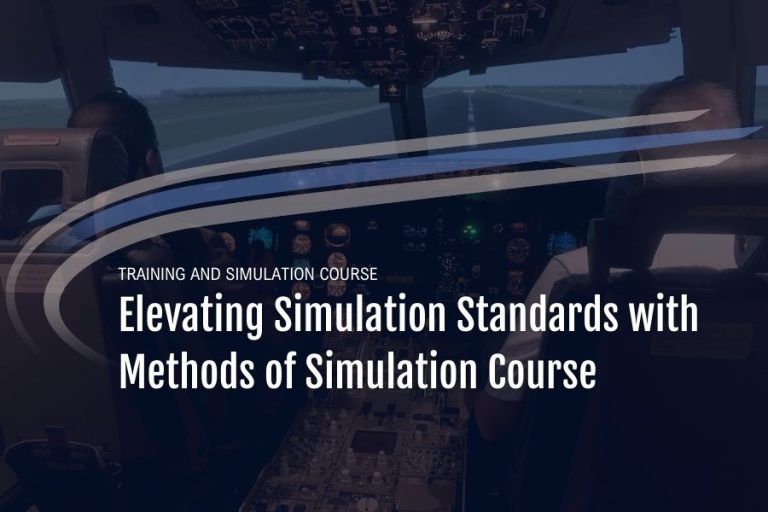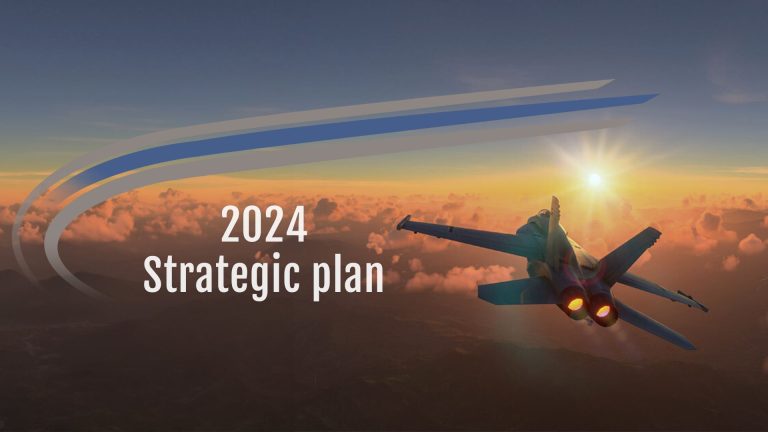By Adam Taff – Senior Systems Engineer, Pilot, Test Pilot
On October 25, 1999, a chartered Learjet 35 flying from Orlando, FL, to Dallas, TX, crashed in South Dakota, killing both pilots and four passengers—including PGA golfer Payne Stewart.
On August 14, 2005, Helios Airways Flight 522 flying from Larnaca, Cyprus to Athens, Greece crashed in Grammatiko, Greece killing all 121 passengers and crew on board.
In both accidents, a loss of cabin pressurization caused hypoxia and incapacitation of the crew, leaving the aircraft flying on autopilot until it ran out of fuel. These tragedies are a solemn reminder that equipment failures are a perpetual risk in aviation, and without proper training, slow cabin decompression can be just as dangerous as explosive decompression.
Individual symptoms
No matter the cause or type of hypoxia you experience, the symptoms are painless. The signs and symptoms vary from person to person and may develop so gradually that hypoxia is well established before it is recognized.
As early as 5,000ft. barometric altitude, visual sensitivity at night begins to decrease and performance of new tasks may be impaired due to memory issues. At barometric altitudes above approximately 11,500ft. breathing increases to maintain proper cardiovascular function. Before you’re even aware of it:
- Instruments become harder to read
- Your nervous system degrades, resulting in difficulty thinking, slowed speech, and uncoordinated physical movements
- You experience uncharacteristic changes to mood, such as elation or irritability
This commonly culminates in a fixation on a particular task, unnecessary task repetition, and failure to realize incorrect or hazardous actions—which are especially dangerous for aircrew. As hypoxic conditions continue or worsen, incapacitation and death may occur.
It could happen to you
The threat of hypoxia is not limited to high-altitude military or commercial flights. According to an official 1991 FAA report, Civilian Training in High-Altitude Flight Physiology, “some National Transportation Safety Board staff members have expressed a concern that high-altitude flight physiology training for civilian flight personnel should receive greater emphasis than it currently does.” The report goes on to say, “when pilots combine their private flying skills with their business transportation needs and use their aircraft to meet those needs, it is inevitable that in order to meet a schedule, arrive at a destination, or get home after a meeting, the urge to complete a mission can lead the pilot into a physiologically-unsafe altitude or into conditions for which there has been insufficient training or experience.” As the demand for air travel has increased dramatically since 1991, so has the aforementioned ‘get-home-itis’ and resultant risk of experiencing hypoxia.
Despite the dedicated effort by the military and commercial industry to eliminate hypoxia it continues to persist-it is a reality of modern flight. The single most effective tool to combat hypoxia is the early recognition of individual symptoms-hypoxia training arms aircrew with the tools needed to avert potential disaster. For this reason, PAC proudly partners with Biomedtech to deliver the Go2Altitude® training system.
Hypoxia Training for the 21st Century
The Go2Altitude® training system supports normobaric[1] hypoxia training without the need for a pressure chamber or any high-pressure gas bottles. It can be used in a classroom or integrated into flight training devices, providing initial and recurrent training in a controlled and repeatable way. Built-in sensors capture a student’s symptoms and biometric data, building a unique profile used to monitor how their symptoms may change over time. Students are also monitored in real-time at a remote control station allowing an instructor to initiate the training sequences discreetly and ensure student safety at all times.
At its core, Go2Altitude® provides the personal experience required to recognize unique symptoms, and enhance your awareness and resilience when they occur.
Cabin pressure is here to stay.
So is the pressure to fly.
Come see us at I/ITSEC to find out how Go2Altitude® can decrease their threat to your safety. For additional information about Go2Altitude® or to book a demonstration during I/ITSEC 2021 (Booth #2337), reach out to:
+1 858 456 5296
https:// pacificaerospaceconsulting.com/hypoxia-training
For more information about our Integrated Training Solutions capability, have a look here.
[1] Sea level equivalent barometric pressure












